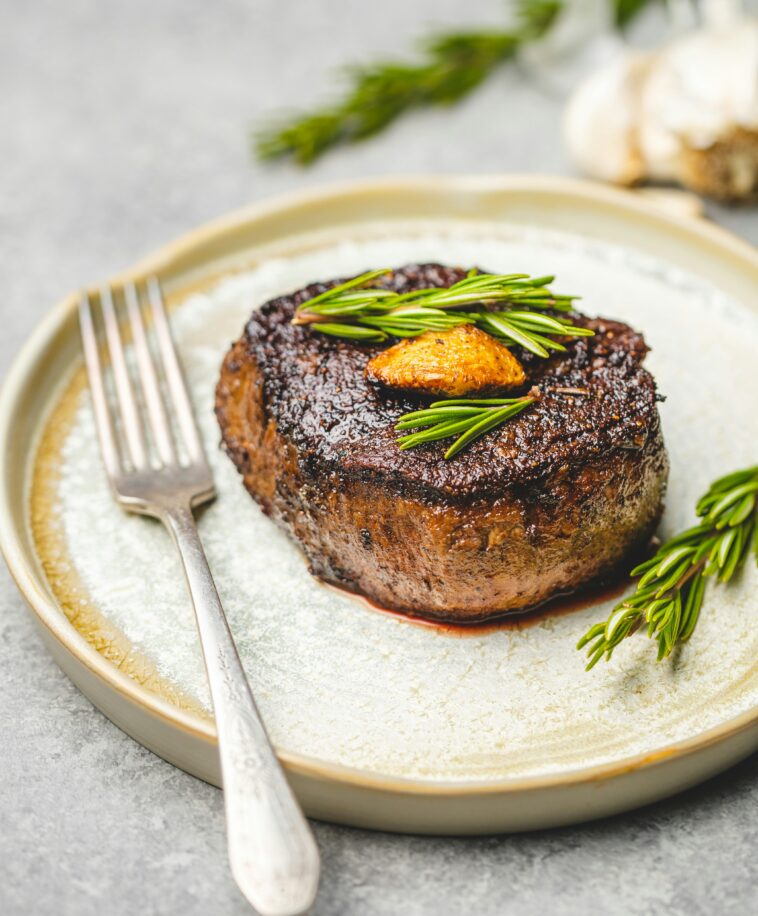Introduction:
Barbecue is more than just a method of cooking—it’s a cultural phenomenon that embodies the essence of American culinary heritage. From coast to coast, barbecue enthusiasts gather to indulge in the smoky, savory delights of slow-cooked meats and savory sauces. In this exploration of barbecue across America, we’ll journey through the diverse regional styles, rich cultural influences, and enduring traditions that have shaped this beloved culinary tradition.
Origins and Heritage:
The roots of American barbecue can be traced back to indigenous cooking practices and early colonial settlements. Native American tribes slow-cooked meats over open flames, while African slaves brought to the New World contributed their own techniques and flavors to the culinary melting pot.
As America expanded westward, barbecue evolved into a communal tradition, with families and communities gathering for outdoor feasts and celebrations. Pitmasters honed their skills, developing unique spice rubs, marinades, and smoking methods that became hallmarks of regional barbecue styles.
Regional Variations and Flavors:
One of the most captivating aspects of American barbecue is its regional diversity, with distinct styles and flavors reflecting the cultural heritage and local ingredients of each area.
In the South, barbecue takes on different forms, from the tangy pulled pork of the Carolinas to the smoky ribs of Memphis. In Texas, beef reigns supreme, with succulent brisket smoked low and slow over oak or mesquite wood. Kansas City boasts a diverse barbecue scene, offering everything from tender burnt ends to sweet and spicy sauces.
Innovations and Modernization:
While rooted in tradition, American barbecue has also embraced innovation and modernization in recent years. Pitmasters and chefs are experimenting with new techniques, ingredients, and flavor combinations, pushing the boundaries of what barbecue can be.
From the rise of “craft barbecue” joints sourcing locally-sourced meats to the fusion of global flavors with traditional barbecue techniques, the barbecue landscape is constantly evolving. High-tech smokers, sous-vide cooking methods, and creative culinary collaborations are reshaping the barbecue experience for a new generation of enthusiasts.

Cultural Significance and Community:
Beyond its culinary appeal, barbecue holds deep cultural significance as a symbol of community, celebration, and shared heritage. Barbecue joints serve as gathering places where friends and families come together to enjoy good food and good company, fostering a sense of camaraderie and connection.
Barbecue competitions and festivals celebrate the art of smoking meats, showcasing regional traditions and bringing enthusiasts from all walks of life together. Whether it’s a backyard cookout or a roadside barbecue stand, barbecue continues to unite people in a shared appreciation for flavor, tradition, and the simple pleasures of life.
Conclusion:
Barbecue across America is a celebration of flavor, tradition, and community, weaving together diverse regional styles and cultural influences into a rich culinary tapestry. From its humble origins to its modern-day incarnation, barbecue remains a beloved tradition that brings people together, one mouthwatering bite at a time. As long as there are fires burning and meats smoking, the legacy of American barbecue will continue to thrive, inspiring generations with its timeless flavors and enduring traditions.

